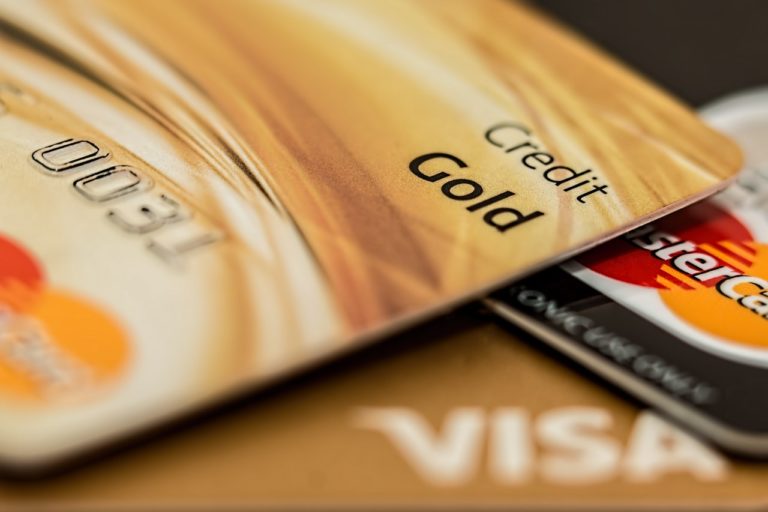The world of business is constantly changing. In the past, when people had to rely on a physical location for their transactions, these changes were slower and less frequent. But now that most transactions are conducted on the go, they happen much more quickly and often with an international scope.
This transition means that organizations must be agile to keep up with the needs of their customers and partners. One way to do so is by implementing flexible arrangements for handling business transactions.
Below are modern arrangements that organizations can use to facilitate their transactions:
Mobile Transactions
More and more people are using their mobile devices to conduct business transactions. They can do it in many ways, such as through mobile apps, mobile websites, or even text messages.
This type of transaction is advantageous because it is convenient and fast. More so, it allows customers to conduct business transactions from anywhere at any time. In addition, mobile transactions are typically secure, as long as users take precautions such as using strong passwords and encrypting their information.
Many businesses are already taking advantage of mobile transactions. For example, airlines allow customers to check in for their flights and print their boarding passes through their mobile devices. Retailers also enable customers to browse and buy products through their mobile apps.
Cloud-Based Transactions
Cloud-based transactions are essential because they provide a secure and efficient way to conduct business. In addition, they allow organizations to access their data from anywhere in the world. This payment system is especially beneficial for companies with multiple offices or operating in various countries.
Cloud-based transactions also help organizations save time and money. Using the data cloud, they don’t have to install and maintain expensive software or hardware.
However, not all businesses are comfortable using cloud-based transactions. That is because there is a perception that the cloud is not as secure as traditional methods of storing data. But in reality, the cloud is very safe, and many companies use it to keep their most confidential information.
Push-to-Card
Push-to-card is a technology that allows customers to make payments using their phones. With this technology, customers don’t need to carry any cards or cash. They can use their phones to make the payment.
This technology is beneficial for both customers and businesses. Customers appreciate the convenience and security of push-to-card payments. This technology can help companies to reduce the cost of processing payments.
It also eliminates the need for customers to remember multiple passwords and account numbers. This way, fraudsters have a more challenging time stealing customers’ personal information.
E-Wallets
E-wallets are digital wallet that allows customers to store their payment information in one place. Customers can pay for items online or in person by scanning a QR code or using an NFC chip with this technology.
It is convenient for customers because it allows them to store all their payment information in one place. They don’t have to worry about forgetting their credit card or debit card. In addition, e-wallets are secure because they use strong passwords and encryption.
Organizations can benefit from e-wallets by reducing the time it takes to process payments. They can also reduce the cost of processing payments by eliminating the need for credit and debit cards.
Biometric Payments
Biometric payments are a type of payment that uses a person’s unique physical characteristics to verify their identity. This payment type is secure because it uses robust authentication methods, such as fingerprints and facial recognition.
In addition, biometric payments are convenient for customers because they don’t have to remember any passwords or account numbers. They can use their fingerprints or facial recognition to make a payment.
However, biometric payments are not widely used yet. The technology is still new, and not many businesses accept it.
Automatic Bill Payment

Automatic bill payment is a type of payment that allows customers to pay their bills online and automatically. With this technology, customers can schedule automatic payments for their monthly bills.
This technology benefits customers and businesses because it allows them to pay their bills on time. In addition, it helps them avoid late fees and penalties. It also helps companies reduce the amount of time it takes to process payments.
What is more, automatic bill payment is secure because it documents all the payments made. This way, customers can track their spending, and businesses can keep track of their expenses.
So there you have it — a few of the most popular flexible arrangements for handling business transactions. By using one or more of these methods, your organization can stay agile and keep up with the ever-changing world of business.

















